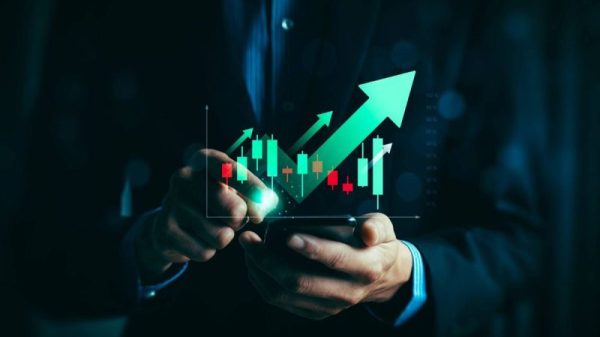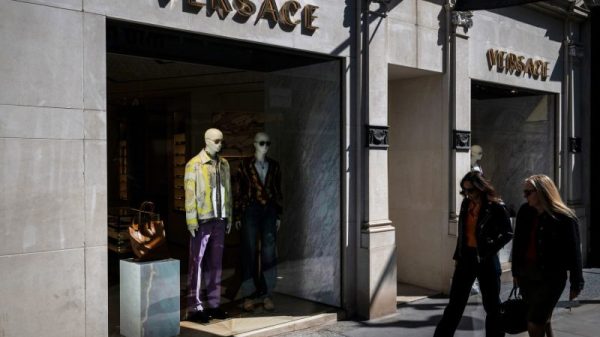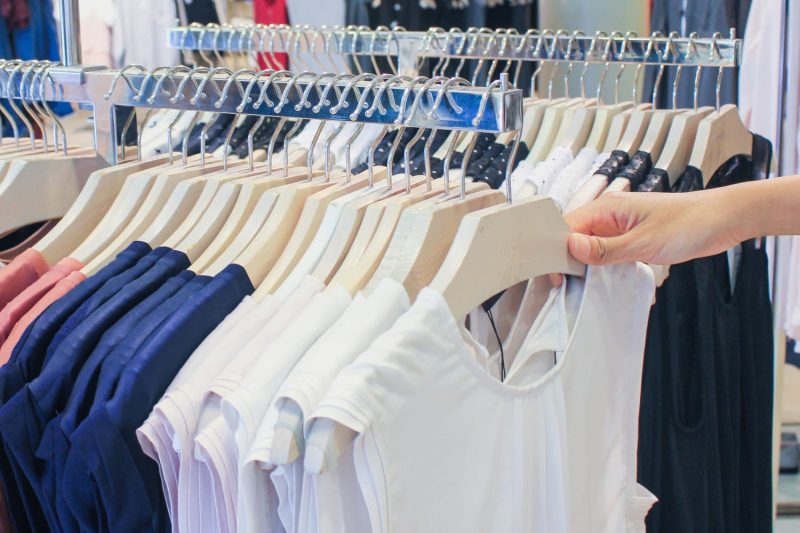A particular type of retail fraud soars during the summer season.
“Wardrobing,” in which a shopper buys an expensive item, wears it with the tags on, and then returns the product for a refund, picks up as shoppers bolster their closets for summer vacations, according to returns management software company Optoro.
“During the summer and cruise season, from July to September, we see wardrobing and overall return rates spike by two-to-three times, with swimwear alone making up between 5% and 15% of returns,” said Amena Ali, CEO of Optoro. “This highlights the fine line between habitual returners and fraudsters.”
Forty percent of 18-to-29-year-olds wardrobe, according to Optoro data.
In a November 2023 Optoro returns survey, 30% of shoppers admitted to buying an item for a specific event, only to return it after the occasion ended.
The challenge for retailers is handling the items when they get them back.
“For seasonal items like cruisewear and swimwear, quick, yet thorough, inspection and restocking are imperative to retain as much value as possible before the season ends,” Ali said. “Time sensitivity is crucial in this fight — ideally, you catch fraud in the moment, or better yet, before it happens.”
Ali warned if products linger in the return process, the delay can lead to significant markdowns or the need to send items to secondary retail channels such as stores like TJ Maxx, discounters, or liquidators.
Ali told CNBC that when a wardrobed item returns to a store or warehouse, the best course of action depends on its value and condition.
“A $10 swim coverup returned in poor condition might not be worth the cost to clean or repair, and would likely instead be routed through recommerce, donations or recycling channels,” said Ali. “It’s imperative that items clearly worn for a summer vacation and returned don’t slip through the cracks to the next customer — protecting brand perception and customer loyalty is paramount.”
Scot Case, executive director of the Center for Retail Sustainability at the National Retail Federation, said wardrobing can drive up costs and waste for retailers if the product can no longer be resold. So retailers are taking action.
“Some retailers are addressing the issue by reducing the amount of time consumers have to return items, by eliminating free returns or by requiring consumers to return items in-store where an employee can examine the item before a consumer receives a refund,” said Case.
Companies like Best Buy, Gap and American Eagle Outfitters use Optoro’s reverse logistics artificial intelligence software to swiftly manage their returns, identify fraud and quickly restock products on store shelves to avoid discounting.
“Time is literally money,” Ali said. “The more quickly you can turn the product, the less likely you will need to discount it. Having a smart disposition system can recover costs and maximize profitability.
Steven Lamar, CEO of the American Apparel and Footwear Association told CNBC that returns, whether due to wardrobing or other reasons, have become a key focus for retailers and brands, especially in the era of e-commerce.
“Supply chain technology, powered by AI, is increasingly being deployed so that consumers can find and enjoy the fashion they want at the right price, the right quality, and the right time,” Lamar said. “As companies build and integrate take back programs to repair and resell used items, returns take on a new role, fueling a new circular market.”
According to Optoro, 30% of the cost associated with a return is transportation. Strategies such as third-party drop-off locations and box-less, label-less returns are being used to cut down these costs.
“AI and software can reduce the number of touches on a returned product by 50%,” Ali said.
Ali said using AI in an end-to-end digitized return system can also help a retailer identify a trusted shopper and get the like-new goods identified and restocked at full price.
Optoro data shows approximately 95% of the goods that cannot return to resale go to a secondary channel. Five percent of products head to a landfill or for donation.
“We see a wide range of numbers in terms of recovery, between improvement of 5% to 45% in certain categories, depending on the brand, but this is significant money when talking to enterprise retailers,” said Ali. “A global shoe manufacturer that was sending a large portion of returned inventory to destroy/recycle, was able to increase their re-commerce to the secondary channels with an improved overall recovery for that segment by 45%.”
Optoro customers’ top three categories returned were kitchen and dining, men’s shoes and women’s clothing.
Return rates vary both in category and by brand or retailer. Some clients see as high as 40% return rates. Clothing leads the return category at a 25% rate, followed by bags, accessories and shoes at 18%, miscellaneous accessories at 13% and consumer electronics at 12%, according to Statista.
The average value of a returned item for Optoro’s customers is $85. The highest item value reported as returned in the survey was $200.






































